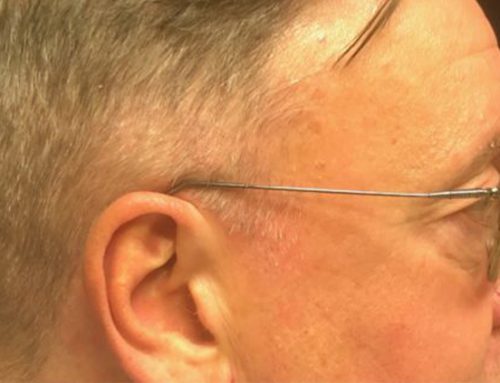Just like our bodies, tummy tucks come in different shapes and sizes. Knowing the differences will help you choose the right doctor and make you a good partner in your own care. All of which means a better outcome.
A tummy tuck, or abdominoplasty, can successfully flatten out your abdomen for a more youthful appearance by removing excess skin and fat. People who most benefit from tummy tucks include women who have had children, and people who have lost a significant amount of weight. It can also be a good solution for more slender people who have been unable to get rid of excess belly fat despite diet and exercise.
It is important to note here that a tummy tuck is not a weight-loss tool. You should only consider one if you are at a stable weight and preferably don’t plan on any further pregnancies.
1.There are different kinds of tummy tucks
When you start researching any kind of tummy tuck, you will soon discover there are three or four different levels of this type of surgery. The procedure that is best for you depends on the answers to three main questions:
How much skin and fat need to be removed?
Will your belly button need to be repositioned?
Will your abdominal muscles need to be repaired?
Understanding each procedure will also help you predict things like how big your scar will be and how long you will need to fully recover. Here are the four main types of tummy tuck and their most salient features:
Mini or Modified
- Small amount of skin and fat removed from the lower abdomen
- No repositioning of the belly button
- Horizontal scar just above the pubic area
- Sometimes includes muscle repair and liposuction
Full
- Skin removed from lower abdomen to just above the belly button
- Fat beneath the skin is removed
- Repositioning of the belly button
- Scar runs across the lower abdomen from hip to hip
- Typically will include muscle repair
- May or may not include liposuction
Extended
- Full tummy tuck (as described above)
- Fat and skin additionally removed from the flanks toward the lower back
- Scar runs across the lower abdomen and around toward the lower back
Circumferential
- Full tummy tuck (as described above)
- Fat and skin additionally removed from the flanks as well as the lower back
- Scar runs completely around the lower abdomen and the lower back
An experienced board-certified plastic surgeon can help you understand which procedure is right for you by assessing things like your anatomy, amount of excess skin, and past surgical history.
2.Tummy tucks can be done with or without drains
Drains have long been used after a tummy tuck to help with recovery. This is because of a necessary space created during surgery between the abdominal wall and the overlying skin and fatty tissue. The space has the potential to fill up with fluid leaked from the raw tissue surfaces in the early phases of healing. This then causes the formation of a seroma, or a build-up of fluid. Without the use of drains, this fluid would have no place to go, causing swelling, discomfort, a prolonged recovery, and a less than optimal outcome.
Drains do, however, come with some risk of infection and they can be uncomfortable. That is why some specially trained plastic surgeons, like Dr. Slack, have begun using what are called progressive tension sutures to get rid of that fluid-producing space.
They do this by stitching the abdominal layers together in a specific way that limits the amount of space for fluid to accumulate. This occurs to such a degree that the drains are no longer necessary. In one study of 450 tummy tuck procedures, done over the course of seven years, the seroma rate (rate of fluid build-up) was cut down from 9% to just 2%, when the progressive tension sutures were used.
Make sure to ask your surgeon if he or she is trained in the use of this procedure, and find out if you are a candidate for the drainless tummy tuck.
3. You play a big role in your outcome
The last, but certainly not the least important, thing you should know about having a tummy tuck is that you play a crucial role in its success. Choosing the right plastic surgeon for you is critical to your outcome. And the best way to do that is to do your homework first (Learn more in our article on How to Choose a Plastic Surgeon).
After you’ve done your research, make sure to do all the things your doctor tells you to prepare for the surgery. This might include getting enough rest, eating well and quitting tobacco–especially that last one (read more here).
After surgery you will be responsible for following doctor’s orders regarding your recovery. This will initially include continuing to avoid tobacco, caring for the incision site, taking your medications, modifying your activity, and getting plenty of rest. Later, following your surgeon’s instructions for scar care, abdominal binding, and maintaining a healthy weight can greatly improve your cosmetic results.
———————-
To learn more about the different types of tummy tucks and which one might be right for you, schedule a consultation with Dr. Slack to develop a specific plan.





